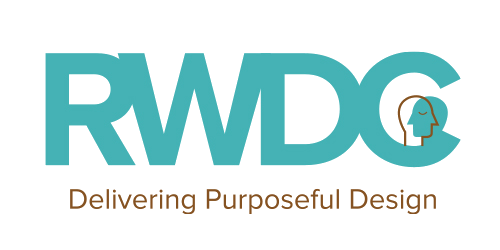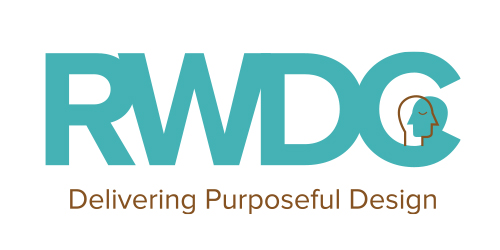Educate
Deconstruction of Logos
By Rachel Won / 25 May 2020 / Tags: Branding
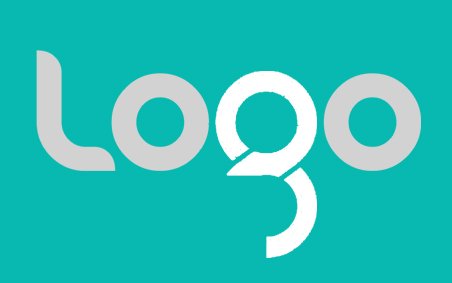
What is a Logo?
The word “logo” is derived from the Greek logos, which means both “word” and “rational thought” so it is a bit of a paradox that the generally accepted meaning of a “logo” in English, and many other languages, is “a pictorial sign”, usually referring to a brand. Yet a brand, like most human ideas, is communicated firstly by a name and secondly by images. A logo really functions as a sign or a pictograph, a more-or-less abstract visual mark pointing to a word.
In the early days of modern branding, a trade name would often be written in a distinctive handwriting, like a signature, and this approach is still used today. Such word marks required customers to be literate in order to understand them, so a common practice was to augment the written word with a pictograph as a way a recognizable character. Simple geometric forms often did the trick.
Whereas a triangle, a circle and a star on their own are merely icons, where combined with a name they form something greater. An icon is transformed into a logo from the moment if acquires meaning in our minds by association with a brand name and all that brand represents to us. This process of joining symbol to meaning is at the heart of branding. Early logos often resembled little illustrations – literal representations of what the brand offered. Even today, the dividing line between a logo and an illustration can be blurry.
Simplicity and minimalist
With the arrival of modernism. logos became more simplified and minimalist, sometimes stripped to unadorned initials of a name with no visual element. Such marks still qualify as logos (as opposed to merely names set in type) because they have deliberated typographic styles that are maintained consistently in all visual communication relating to the brand.
Ultimately, global marketing campaigns that embed logos in the public consciousness have become so ubiquitous, it is theoretically possible for a symbol to function free of any written word.
In practise, however few brands can afford the enormous advertising budgets needed to pull this off, so the conventional solution of symbol plus wordmark remains the most common form for a logo. Certain truths about the DNA of a logo design remain timeless.
A Logo:
• Must have form and colour
• Will usually have a typographic element to convey the name
• Will need variations to account for the different contexts in which it will be seen
• Incorporates visual symbolism or iconography that is both universal and culturally specific
Designing all of a logo’s elements so that the brand is perceived in the way its owner wishes and its strategic goals are met is a matter of carefully selecting the elements of this DNA and finding the most harmonious combination for them.
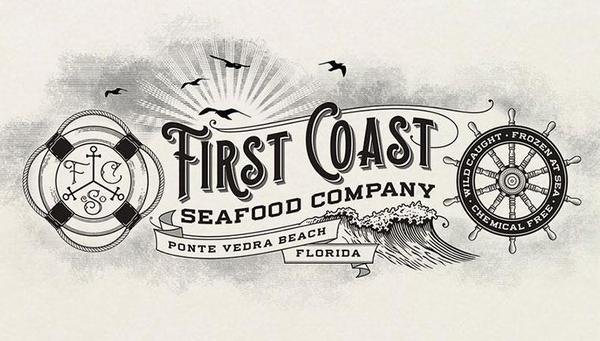
Example 1:
In the nineteenth century, iconic illustrations and fancy, but generic type identified brands in advertising and packaging. In the twentieth century, this role was performed by logos and carefully designed elements derived from those logos.
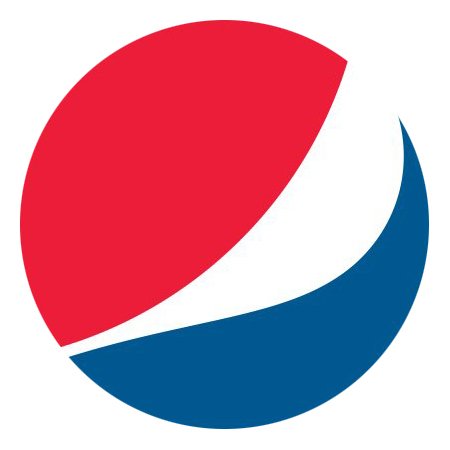
Example 2:
With sufficient marketing support, a symbol such as Pepsi globe, by Arnell Group, can become familiar enough to function independently of its name.
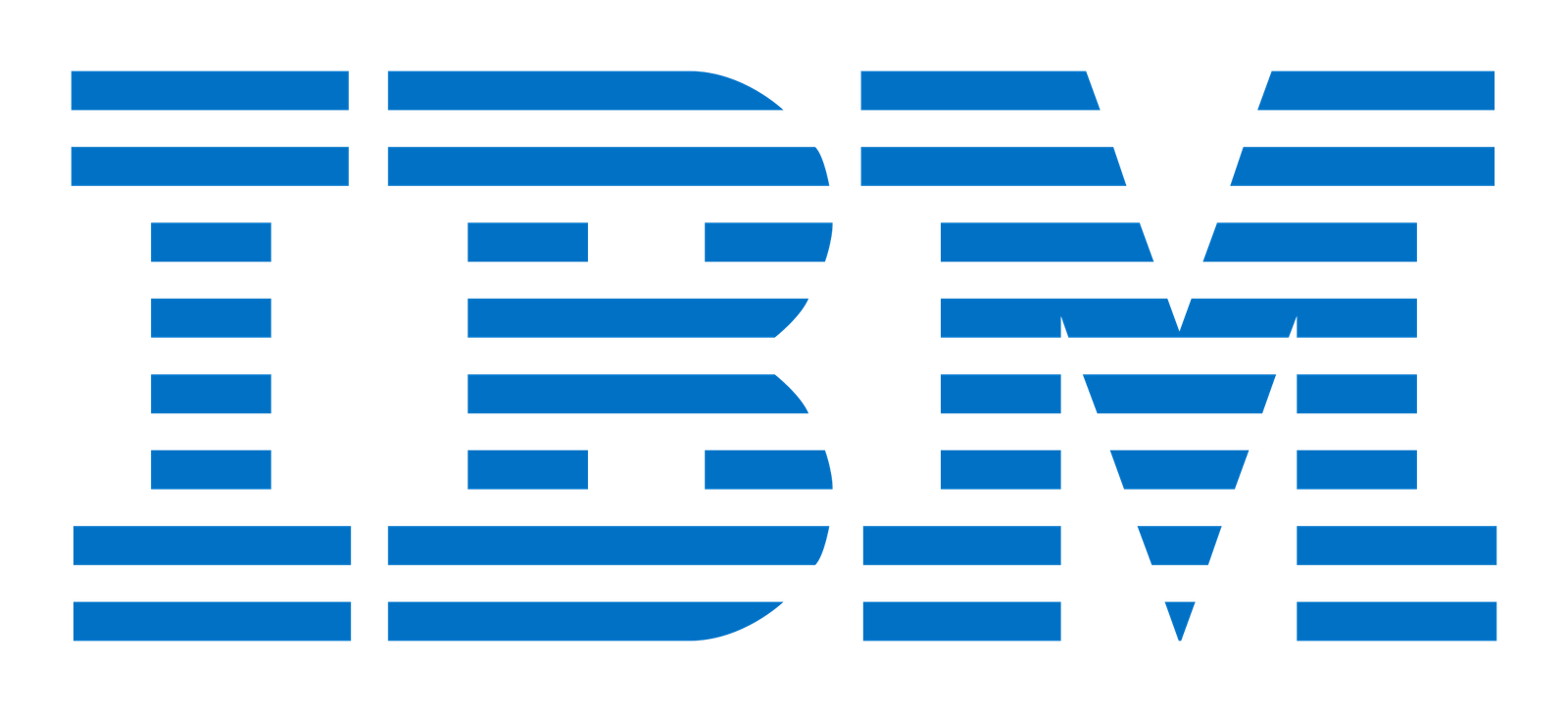
Example 3:
The ultimate modernist logo: the IBM logo it a highly functional set of initials with an aesthetic styling by Paul Rand that is both beautiful and timeless.
Is a Logo necessary?
Some people have questioned whether logos are even still necessary in this age of brand overload and with the rise of nonvisual media like Twitter. However, most people would agree that a good visual expression of a brand begins with a logo, seems to be more critical than ever. It helps customers to pick out a brand that stands out, remind them what they love about the brand and reassures them in their selection of that brand.
Keen to know how I can help you to rebrand or strengthen your brand identity?
Make your appointment with us
#RWDC #Rebranding #RebrandIdentity #CorporateBranding
Recent Articles
What is UI & UX Design?
Educate What is UI & UX Design? By Rachel Won / 5 Aug 2019 / Tags: Design Insights UI design and UX design are two of the most often confused and conflated terms in web and app design. And understandably so. They’re usually placed together in a single term, UI/UX...
Usability of a Product
Educate Usability of a Product By Rachel Won / 22 Jul 2019 / Tags: Design Insights Recently, I need to send out a mail to one of my clients. I went to Diaso to buy a $2 pack of envelopes. When I was about to mail out my documents, I realise that the Diaso envelope is...
Visual and Eye: We don’t see with our Eyes
Educate Visual and Eye By Rachel Won / 10 Jun 2019 / Tags: Design Insights As a Creative Designer, creating visuals is just like brushing my teeth every day. Visual Design / Visual Communication aims to shape and improve the user experience through considering the...
When do you need to revamp your website?
Educate When do you need to revamp your website? By Rachel Won / 27 May 2019 / Tags: Design Insights Regular users often don’t even notice that there’s room for improvement. We don’t live in a perfect world. So, we’re used to less-than-perfect and difficult-to-use...
What I do as a Creative Designer
Educate What I do as a Creative Designer By Rachel Won / 15 April 2019 / Tags: Education I hardly talk in details what I do as a creative designer. I don’t call myself a graphics or web designer because I can do both of them very well. I am very fortunate to learn and...
Singapore Design Week
Educate Singapore Design Week By Rachel Won / 18 March 2019 / Tags: Design Insights Design Singapore's 3 Main Pillars of Focus Attended Singapore Design Week Event: I find that this topic on Cities of Design is pretty interesting. Unesco Creative Cities of Design...
Is going Design School a waste of time?
Educate Is going Design School a waste of time? By Rachel Won / 1 October 2018 / Tags: Education Some of my friends asked me, “Is going to design school a waste of time?” I was a bad designer when I finished my formal design education about 15 years ago. The...
Tags
Want to find out more about what services we provide?
How Can We Help You?
Schedule an appointment with us.
